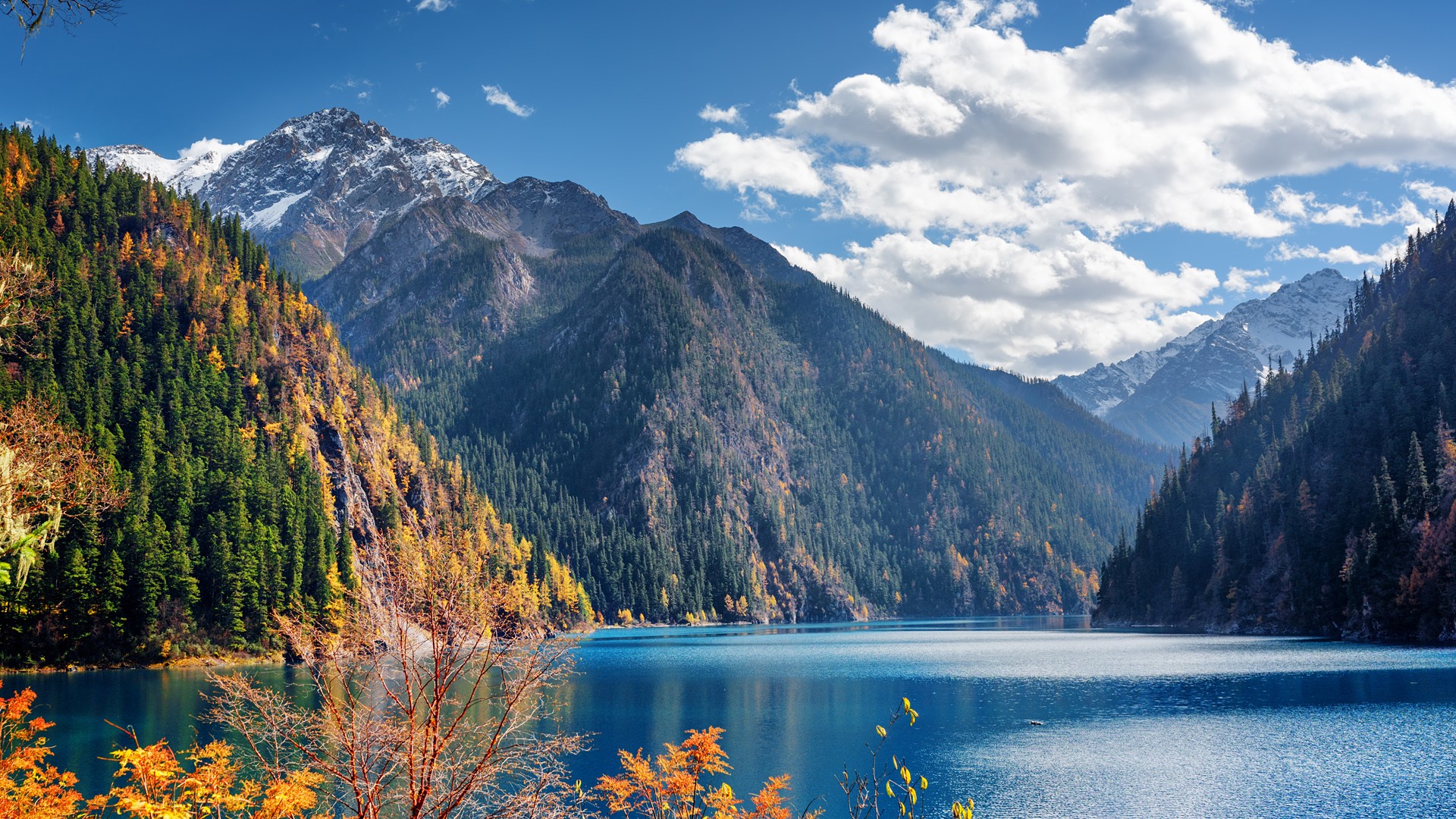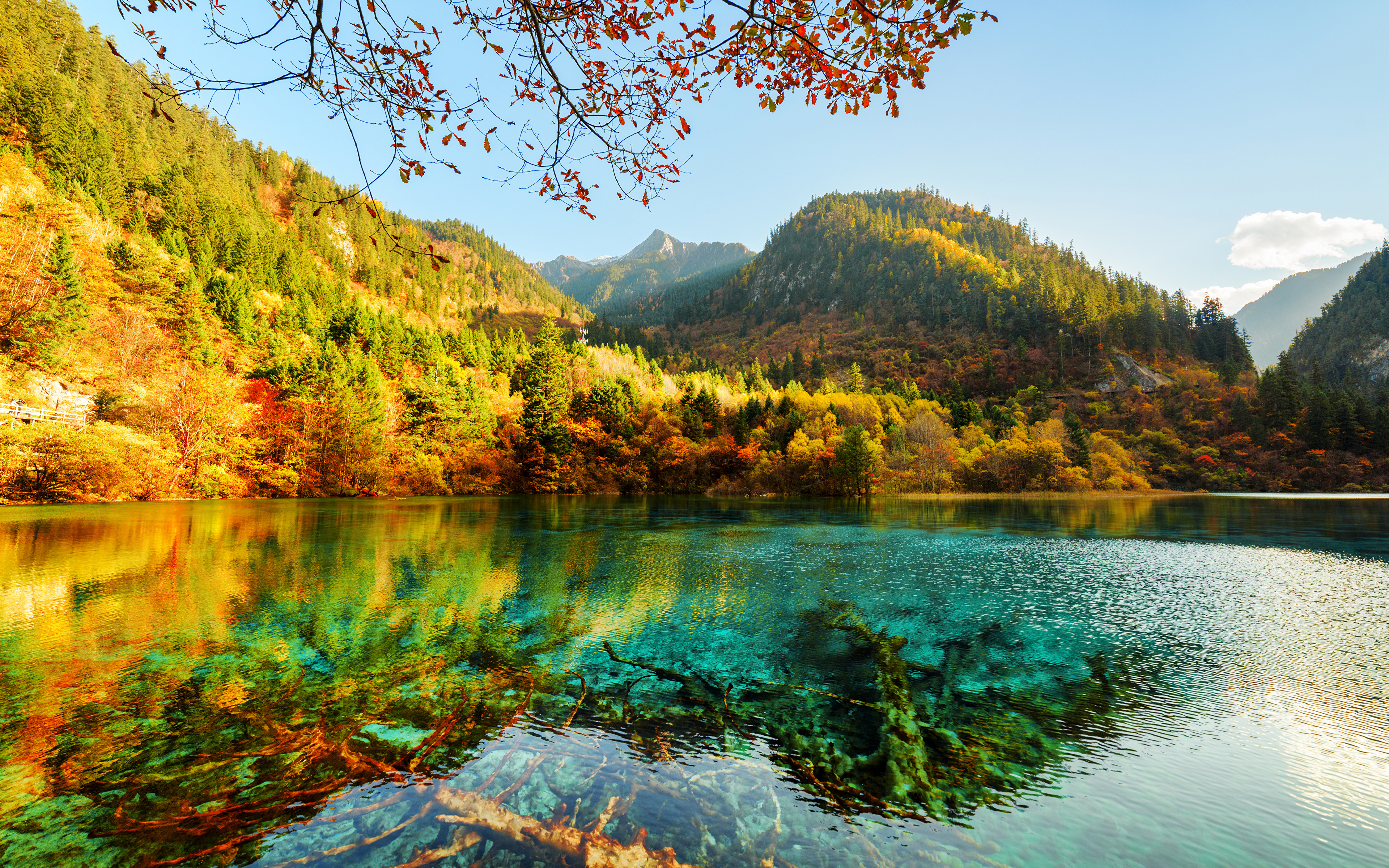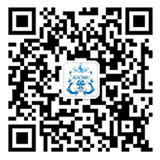Nestled in the Aba Tibetan Autonomous Prefecture of Sichuan Province, Jiuzhaigou Valley is a breathtaking natural masterpiece renowned for its vibrant lakes, thundering waterfalls, and pristine alpine landscapes. Recognized as a UNESCO World Heritage Site and a “Chinese Loch Ness,” this remote valley transports visitors to a world of surreal beauty and cultural serenity.

Jiuzhaigou’s charm lies in its 114 lakes, each nestled amid towering forests and cascading waterfalls. The valley’s most iconic attraction, Five-Color Lake, derives its name from the shifting hues of emerald, sapphire, and turquoise created by sunlight filtering through the lake’s crystal-clear waters. Nearby, Pearl Beach Waterfall erupts from towering cliffs, forming a misty veil that dances in the wind.
Other highlights include the ethereal Mirror Lake, which reflects the sky like a flawless mirror, and the secluded Long Lake, surrounded by snow-capped peaks. The valley’s lush bamboo forests, ancient rhododendron groves, and meandering streams create a habitat for rare wildlife, including the endangered Sichuan takin and black snub-nosed monkeys.
Jiuzhaigou is not just a natural sanctuary but also a cultural crossroads. Traditional Tibetan villages line the valley’s periphery, where visitors can witness daily life, attend Buddhist festivals, and sample authentic Tibetan cuisine like momo dumplings and thukpa noodle soup. The Tibetan Culture Village offers immersive experiences, including butter sculpture demonstrations and traditional song-and-dance performances.
Han Chinese influences are also present, blending harmoniously with Tibetan traditions. Ancient stone bridges and pathways, some dating back to the Ming and Qing dynasties, connect the valley’s hidden gems, reflecting a history of trade and cultural exchange between ethnic groups.

Practical Insights for Visitors
- Timing: Visit spring (April–May) for blooming wildflowers or autumn (September–October) for fiery foliage and fewer crowds. Summer brings lush greenery, while winter transforms the valley into a snowy wonderland.
- Transportation: Fly to Jiuzhaigou Airport from Chengdu (1-hour flight) or take a 8–10-hour bus ride. Taxis and shuttles are available from the airport to the valley entrance.
- Entry: ¥220–¥270 per day (¥220 for entry, ¥50 for buses).
- Altitude: Prepare for heights above 3,000 meters; carry medication for altitude sickness.
- Guided Tours: English-speaking guides (¥300–¥500 per group) provide insights into ecology, culture, and photography spots.
- Activities: Boat rides on lakes, hiking trails (e.g., the 18km Red Beach to Yanbihai route), and cultural workshops.
- Accommodation: Stay in valley hotels (¥400–¥800 per night) or nearby towns like Ruo’ergai for budget options.
- Etiquette: Respect Tibetan customs; avoid touching religious objects and remove shoes when entering temples.

Jiuzhaigou Valley is a sanctuary where nature’s raw beauty meets cultural warmth. Whether kayaking across mirror-like lakes, hiking through misty forests, or meditating in a Tibetan monastery, visitors experience a profound connection to the land and its people.
As dusk falls, the valley transforms into a celestial realm, with stars shimmering above the tranquil waters. Jiuzhaigou reminds us of humanity’s harmonious coexistence with nature—a timeless balance that continues to inspire awe.


